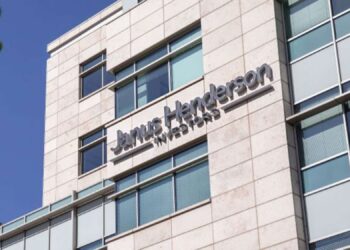The Reserve Bank of Australia (RBA) has left the cash rate unchanged at 4.35 per cent but maintained its hawkish tone, acknowledging that further rate hikes are possible.
The bank, which for the first time delivered its decision outside of the “first Tuesday of the month” schedule, did not surprise economists, with most predicting the bank would hold despite worrying signs from the US regarding the ongoing inflation threat.
The RBA’s last increase – a 25 basis point hike in November – came after an upside surprise in the September quarter CPI. However, since then, data from the Australian Bureau of Statistics has revealed a considerable CPI slowdown, with inflation rising 3.4 per cent in the 12 months to January, representing the lowest annual inflation since November 2021.
But, much like last month, while the central bank announced a hold, it did not indicate that easing is in sight, and instead hinted at the possibility of further rate hikes.
Ahead of Tuesday’s rate announcement, Scott Solomon, co-portfolio manager of the T. Rowe Price Dynamic Global Bond Strategies, said that while recent data has been disappointing, “there are no signs of immediate trouble”.
“Therefore, we expect the RBA to bide its time and wait for a full slate of Q1 data, which will be available for their May meeting. Given that the Fed is not likely to begin its hiking cycle before June, there’s little need for urgency for the RBA,” Solomon stated.
Last week, HSBC’s chief economist Paul Bloxham assessed that the RBA is more likely to focus on the necessity of further monetary tightening rather than considering potential rate cuts.
“We expect the RBA to remain on hold in March and the board discussion to be about whether another hike is needed, rather than about any prospect of rate cuts,” the chief economist said.
“Forthcoming personal income tax cuts from 1 July and the risk of more fiscal spending in the May budget, perhaps primed by an election that is due before mid-2025, bolster the case for the RBA to remain on hold.”
AMP’s chief economist Shane Oliver slightly changed his tone last week. The economist, who was earlier predicting rate cuts to kick off in June, said that there’s a high risk they could be delayed until August.
“Significant fiscal stimulus in the May budget could risk delaying the start of easing, but the RBA will probably want to see whether this eventuates or not before starting to cut – which likely rules out a May cut.”
Earlier this month, GSFM’s Stephen Miller outlined the challenging “last mile” on the path to disinflation but predicted an easing process will commence around mid-year, with the ECB expected to be the first cab off the rank in June or July, followed by the Fed in late July, and the RBA in early August.





